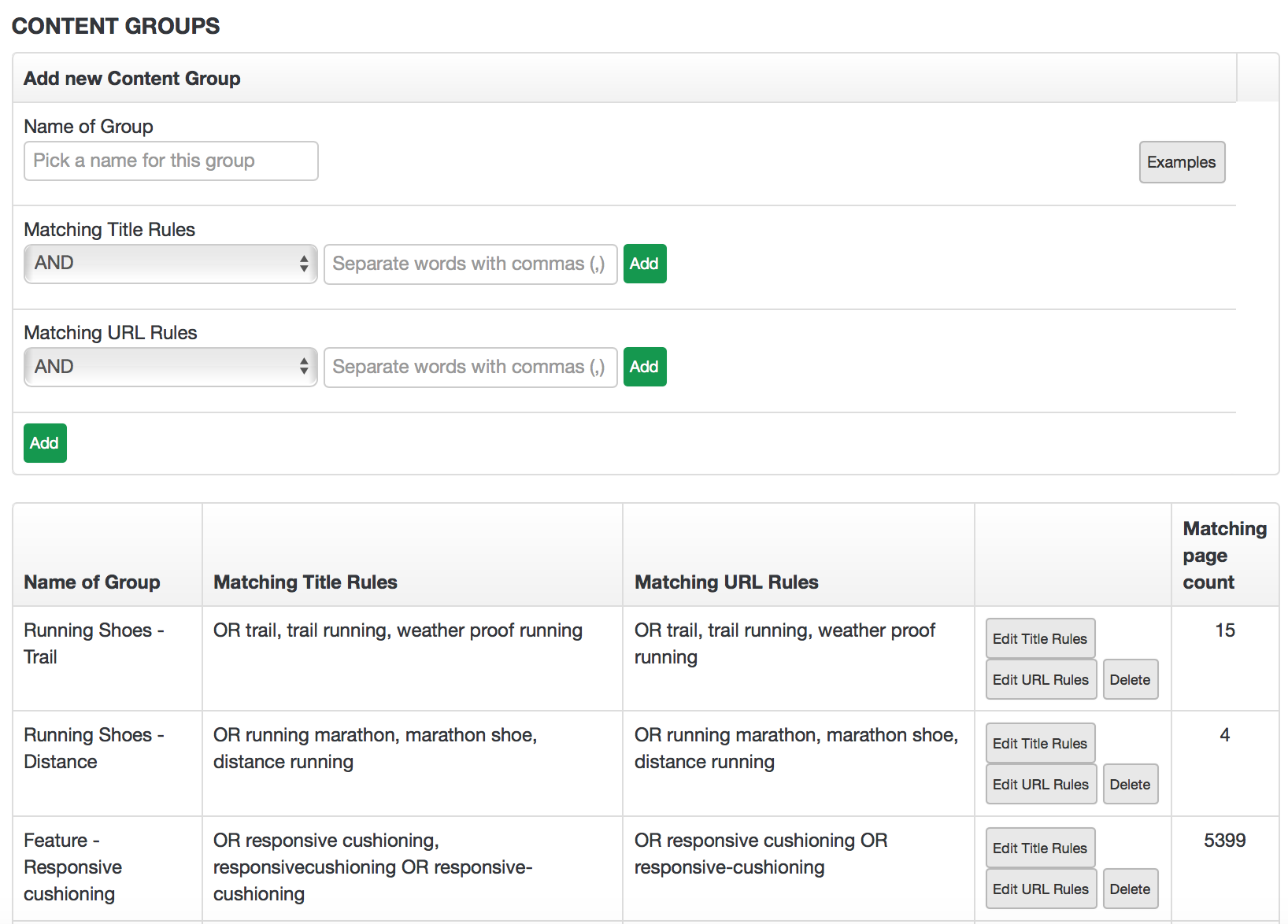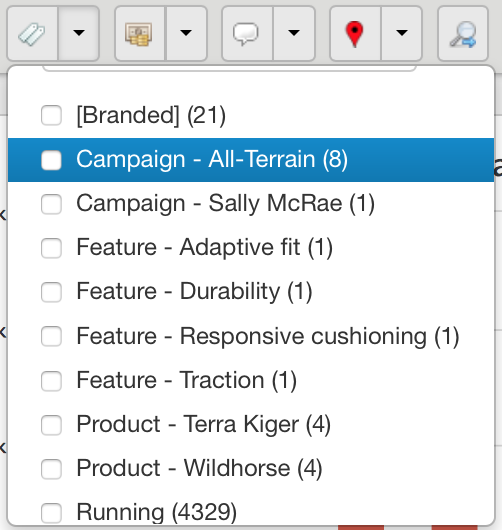This week on Get Found, Steve Farnsworth, CMO at The Steveology Group, joined me to discuss how to find and utilize your organization’s internal data to improve marketing efforts.
The conversation was a continuation of the previous week’s discussion around how marketing and sales can work together more productively to create a seamless experience for prospects and customers to improve conversions and retention. So often we focus on what is happening externally to our organization that we overlook some great opportunities outside of our departments to make headway.
As Steve and I got to talking, we both touched on conversations we have with fellow marketers around what audience they’re serving and how their customer journey works. So often we find that there are disjointed pieces of these conversations – where there is a noticeable “baton pass” from marketing to sales to account management. The customer notices these moments, even if just subconsciously, and it impacts their experience with your brand.
We didn’t want to touch on finding new marketing data, what we wanted to discuss was what data you might be missing from other places within your organization that could help your marketing efforts in ways that you might not be using currently. Below is a recap of some of the helpful hacks that Steve and I reviewed during the show. If you’ve got additional ideas, we always love to hear them, just let us know.
Create content groups to better understand customer needs throughout their entire lifecycle
One area that most people can get some quick wins is in creating content groups that can help you better understand customer needs. You can set up content groups using rules that will match content to and, or, and not options that not only group existing content but will automatically place new content into the appropriate group(s) as well.
Groups can reflect things such as products, features, solutions, common questions, audience types, etc. You can build groups for all of these, by the way, not just one of them. These content groups don’t just include traditional marketing content, they also encompass FAQs, support documentation, white papers, case studies, and other materials.

Once you create content groups for things like solutions, features, and questions – you now want to create content groups that match content types. For example, you’ll want groups for things like blog posts, videos, landing pages, case studies, etc. This will help you look at how people are consuming content
Once the content is grouped when you’re gathering data from other organizations, let’s say your customer success and support team, you can actually see specifically which of these categories they’re sending out more frequently or they are using most frequently. Let’s say what you notice is that they’re using one particular group of content around a specific solution or feature, this actually tells you that they’re getting asked those questions regularly and that they need content to support those issues – or that you need to message more clearly in initial marketing content so that people don’t have a misconception that you’re spotting.

Then the second group where you’re actually looking at things by type is that you can take that grouping and look at a cross-section, and say, “Hey, it looks like they’re sending out video content a lot. I’d really like to know why. Is it because it actually performs better? Is that what really seems to be resonating with our users?” You can talk to the team and as, “Hey, are you sending this out because it seems to perform best, or are you sending it out because it’s the only thing that you have around this and you actually want more content around this topic in different formats?” This is a great jumping off point to create more content around something your users care about and need – which if your users care about it, it’s likely that other potential users care about it too and you can solve that need up front.
This same methodology works for sales as well. You can see where they’re having productive conversations once people are through the door. Are they talking about specific features a lot? Are they sharing certain types of resources more frequently? The other thing you can dive into is whether that varies from location to location. Do users in a specific city or region gravitate toward particular features, plans, solutions, or have the same types of questions?
Use UTM tracking to understand your content’s lifecycle and improve marketing
UTM tracking is a way to get an enhanced level of accuracy and detail to track your traffic. You can see traffic at a granular level in your content, such as a particular image within an email, a specific tweet, or the particular element of a landing page. It’s great for monitoring your campaigns but also for tracking the efficacy and lifecycle of content throughout your organization – you’ll better understand what sales and customer support are sharing from a resource perspective by tracking all of your content this way.
This is additionally helpful when you’re being asked to create specific content to meet a sales need – tracking that specific content and its elements – to be able to strategically respond to requests and feedback from other departments. You will be armed with the detail you need to either improve upon content or suggest different content than what’s being requested.
A lot of marketers aren’t doing this currently because it seems complicated to set up but it really isn’t, check out this guide for a quick reference.
Find out what works from sales and customer success / support and leverage it
Chances are you’ve got top sales people that are closing business (I hope) and they’re sending emails that are getting the job done. You want to know what they’re saying that’s working. You want to know what features they’re talking about, what they’re promising (more on that later), how they’re describing the product or service, and what the response is – so that you can use it to create better marketing content.
Sales emails are a great source of information because they are regularly asked and responsible for explaining value propositions and in-depth information about the specifics of your brand’s offerings. They are incentivized to find the best ways to describe and help people understand these things, so their responses are usually a goldmine.
Consider holding a contest once a month or once a quarter for a $100 gift card for the person who sends the best email that helped them close. From that you can figure out if they’re saying things that match your marketing copy or if they’re doing things differently that you can build on.
Another tip from Steve is to do “ride-alongs” with your top sales team members – meaning actually go with them on sales visits or sit in on their calls. You will hear the real interactions with customers, and what customers respond to, to create better content. Obviously you’ll need to work directly with your sales team, assuring them that you’re coming not to critique (or even speak) during their sales call, just to better understand customer reactions to certain messaging. This partnership will yield better results for everyone, as you’ll be able to do more targeted and accurate marketing that should deliver them better leads that are ready for a conversation.
Create and internal dashboard that shares what works and doesn’t across marketing, sales, and support
We hear a lot about dashboards and half the time people talk about how great they are and the other half they tell you they’re useless. Dashboards are really only as useful as how much you use and get out of them. So with this dashboard suggestion we’re talking about collecting real information that directly correlates back to key business goals. Those that your CEO, CFO, and CMO care about. Even if this information is just a shared Google spreadsheet – what you’re trying figure out is what are people talking about throughout the life of a customer that really seems to work, create conversions, prevent churn, etc.
You can track what features brought people in versus what they talked about with sales or needed help with from account management. You can look at how their conversations with your organization changed over time and where specific roadblocks seem to be. You can see if certain messaging is the same for audience types, maybe across company size, job title, industry, or other segments.
The dashboard doesn’t work if you over-complicate it – so keep it simple with just a few key pieces of information that marketing, sales, and account management can contribute.
There are even more hacks for finding internal data that we discussed during the show, and we’ll be sharing those in a follow up post. Want to hear the full discussion? Check out the episode here.
